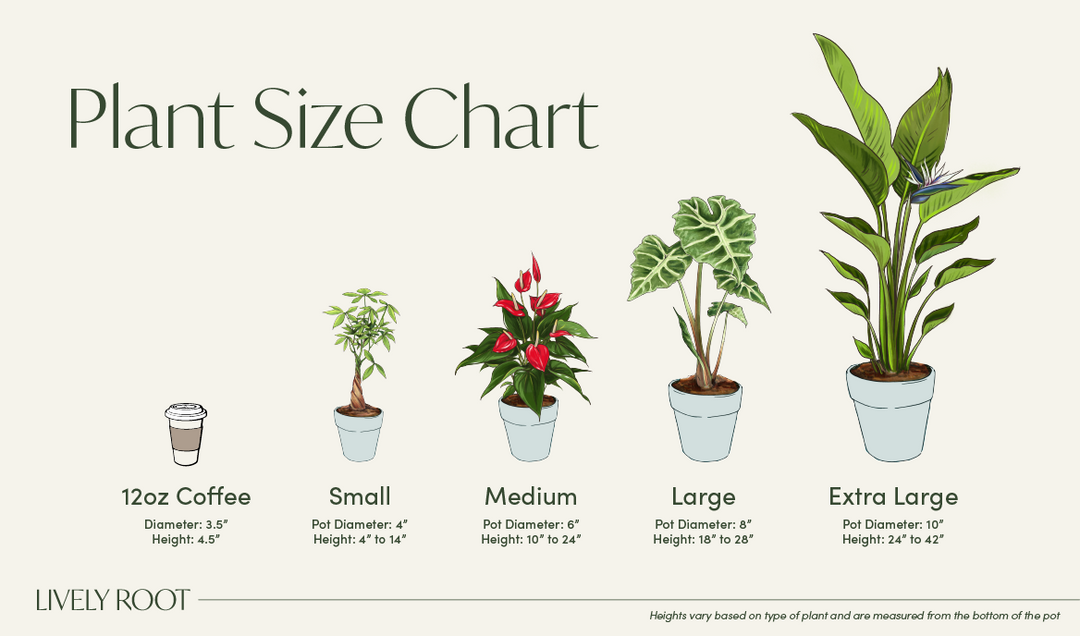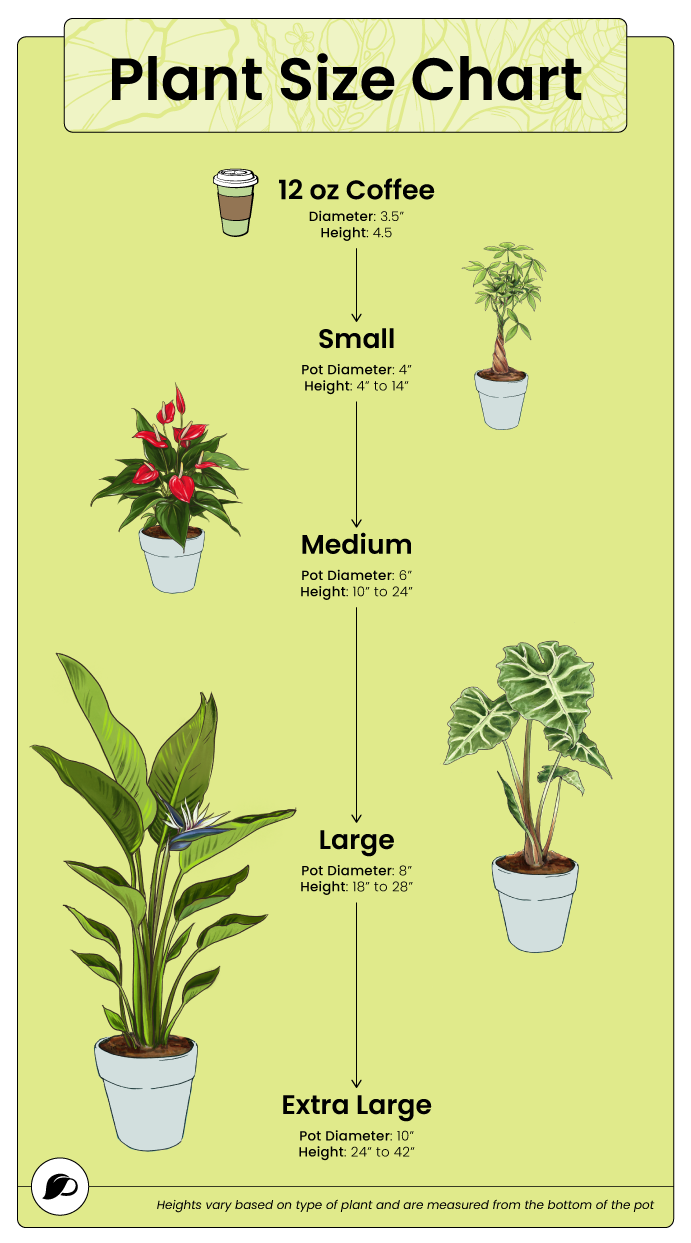Welcome
You have points
Recently viewed
Wishlist
Sign in to access your favorites

The ZZ plant (Zamioculcas zamiifolia) is one of the most low-maintenance houseplants, making it perfect for beginners. These resilient beauties belong to the Araceae family and originate from eastern Africa. They grow in tropical regions from Kenya to South Africa. You can grow this hardy plant outdoors in warm climate zones, where night temperatures don’t fall below 50°F.
The ZZ plant prefers medium to low light, adapting to various growing conditions. This otherwise perfect houseplant is toxic to pets when ingested because of the calcium oxalate contained in its leaves. With its prolific growth and endurance, the ZZ plant symbolizes good luck and success, making it the perfect plant gift.
Several Zamioculcas Zamiifolia plant varieties exist, including the Black Raven ZZ plant (Zamioculcas zamiifolia 'Black Raven'), with its mysterious purplish-black leaves, or the yellow-leaf Chameleon ZZ Plant (Zamioculcas zamiifolia 'Chameleon').
ZZ plants have a reputation for thriving on neglect, and they justifiably take center stage on nearly all lists of easy-care houseplants. Here are several ZZ Plant care tips to bear in mind when growing your gorgeous plant:
The ZZ plant stores water in its underground tubers to cope with drought typical for its natural habitat. That’s why your plant doesn’t need frequent watering. Allow the soil to dry before you water your ZZ plant.
Your Zamioculcas plant can adapt to various light conditions, but it prefers low to medium light. Your plant will also appreciate stable warm temperatures from 65°F to 70°F. Please keep it away from cold drafts. The ZZ plant doesn’t need any extra humidity.
Choosing the right soil type for your plant is part of the essential Zamioculcas Zamiifolia care. Your plant needs well-draining soil that won’t get soggy. You can add some perlite to enhance drainage. You would typically need to repot your ZZ plant about once every two years. Choose a pot about 2 inches larger than the previous one. If you want to propagate your ZZ plant, carefully divide the rhizomes. ZZ plants don’t require a lot of fertilizer. To feed your plant, use a balanced fertilizer at half strength at the beginning of the growing season to encourage the growth of new leaves.
You may need to prune a large ZZ plant to remove damaged or wilted leaves or to cut back stems that have become too heavy to remain upright. Wipe its leaves with a slightly damp cloth to remove dust. One of the ZZ plant's benefits is that it is usually unaffected by common houseplant pests. The most common problem with Zamioculcas plants is overwatering, which leads to root rot and leaf issues.
The classy ZZ plant will easily add an elegant note to any area, whether you grow it outdoors on your porch in zones 9/10 or as a spectacular and undemanding indoor plant.
You can group your ZZ plant with other low-light plants or match it with a few tropical beauties to create a mood-enhancing corner for relaxation or meditation.
Since ZZ plants are toxic for pets, you may choose a pet-friendly plant variety if you are a pet owner. Not only are these plants gorgeous, but they’re also entirely safe for your cat or dog:
Elevate your home or office space with the popular and easy-care ZZ Plant from Lively Root!
Follow us @livelyroot & show us your #livelyroot plants

